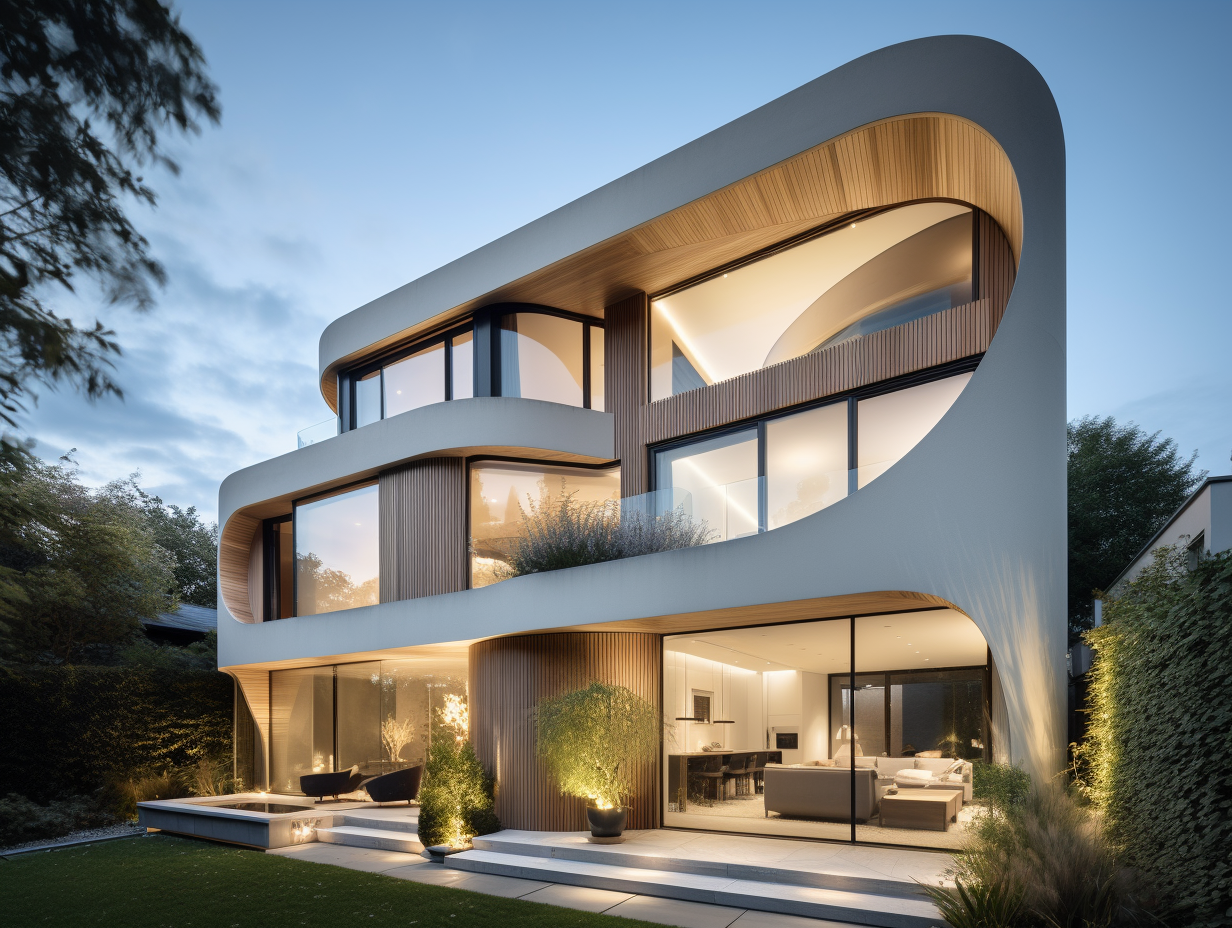The Impact of Technological Developments on the Layout Practices of Contemporary Architects
The fast development of technological tools has substantially reshaped the design landscape for contemporary engineers, promoting extraordinary degrees of advancement and sustainability. Checking out these dynamics reveals a nuanced interplay in between innovation and standard layout approaches, motivating a closer examination of what the future holds for architectural methods.
Development of Architectural Devices
Exactly how have architectural devices changed the style and building processes over the centuries? The advancement of building tools has significantly influenced the performance, precision, and imagination of design and building and construction.
With the arrival of the Renaissance, the intro of the compass and the protractor marked a pivotal change. These devices enabled architects to attain higher accuracy in their layouts, assisting in the development of more complex and in proportion structures. The Industrial Change even more revolutionized building exercise with the introduction of mechanized devices and products, permitting bigger and extra enthusiastic projects.
In the 20th century, the development of computer-aided design (CAD) software changed the landscape once more, giving engineers with unmatched capabilities in modeling and visualization. Today, advanced tools such as Structure Information Modeling (BIM) and parametric style software program continue to press the boundaries of architectural innovation, making it possible for a much more incorporated strategy to style and building processes.
Enhanced Partnership in Layout
As technology remains to progress, improved collaboration in style has actually come to be a foundation of contemporary building practice. The combination of electronic devices such as Building Info Modeling (BIM), cloud-based systems, and progressed visualization software has transformed the means engineers, engineers, and stakeholders communicate throughout the style procedure. These devices facilitate real-time communication, enabling groups to share concepts, alterations, and feedback promptly, no matter geographical location.

Additionally, interdisciplinary collaboration has actually been structured with these technological advancements, enabling engineers to work more very closely with other professionals, such as city coordinators and environmental professionals. The outcome is a more natural technique to develop that considers numerous point of views and competence. Ultimately, boosted partnership in design is not simply a trend; it is crucial for producing innovative, practical, and aesthetically pleasing style in a progressively intricate world.
Sustainability With Modern Technology
Sustainability in style has progressively come to be intertwined with technical innovation, driving the market towards environmentally responsible techniques - cda architects. Contemporary engineers are leveraging advanced innovations to lessen ecological impact while improving the performance of structures. One noticeable instance is the use of Building Information Modeling (BIM), which enables for exact preparation and resource allocation, decreasing waste throughout building and construction and advertising power effectiveness throughout a building's lifecycle
Furthermore, wise products and energy-efficient systems are being incorporated into layouts to optimize source usage. Technologies such as solar batteries and eco-friendly roof harness renewable resource resources, contributing to reduced carbon impacts. Furthermore, the application of expert system in design processes allows architects to simulate and analyze power intake, assisting choices toward more lasting results.
The combination of sustainable technologies not only straightens with original site international environmental goals but additionally satisfies a boosting demand from consumers for eco-friendly solutions. As engineers accept these developments, the focus changes in the direction of creating rooms that are not just aesthetically pleasing yet additionally functionally sustainable, thereby redefining the criteria of contemporary architecture. By doing this, innovation acts as a stimulant for sustainability, allowing architects to make buildings that regard and improve the native environment.
Difficulties in Implementation
While technical developments in style hold excellent guarantee for enhancing sustainability, their application typically encounters substantial difficulties - cda architects. One main challenge is the high understanding contour connected with new technologies. Designers and construction professionals might call for substantial training to properly utilize advanced software program and tools, which can delay task timelines and boost costs
Additionally, the combination of arising technologies, such as Building Details Modeling (BIM) and sustainable materials, commonly demands collaboration across multidisciplinary groups. This cooperation can be hindered by differences in expertise, workflows, and communication designs, bring about possible conflicts and inefficiencies.
Financial restrictions additionally make complex the fostering of cutting-edge innovations. Several building companies, specifically smaller sized ones, may lack the resources to buy advanced tools, limiting their ability to take on larger firms that can afford such investments.
Additionally, regulatory frameworks and structure codes might not keep pace with technological developments, developing ambiguity and possible conformity problems. This difficulty can prevent designers from fully accepting new technologies, as the risk of non-compliance may outweigh the benefits. For that reason, dealing with these implementation challenges is essential for the successful his comment is here assimilation of technical developments in contemporary building techniques.
Future Fads in Design
The obstacles connected with the implementation of brand-new innovations in architecture have actually triggered a reevaluation of future trends within the sector. As architects browse problems such as sustainability, urbanization, and social equity, they are increasingly taking on ingenious modern technologies to enhance design effectiveness and environmental efficiency.
One prominent fad is the integration of fabricated intelligence (AI) in the layout process. AI devices can analyze substantial datasets to educate design decisions, enhancing both creativity and functionality. In A Similar Way, Building Details Modeling (BIM) remains to progress, enabling real-time partnership amongst stakeholders and helping with structured project administration.
Sustainable style techniques are also continue reading this getting energy, with architects concentrating on adaptive reuse and regenerative layout concepts that minimize resource usage and waste. The unification of clever materials and sustainable power resources will certainly better enhance the durability of buildings when faced with environment adjustment.

Verdict
Technological advancements have actually significantly improved building design techniques, helping with boosted precision, partnership, and sustainability. The assimilation of tools such as Structure Details Modeling and parametric design software application, alongside synthetic knowledge and smart materials, equips engineers to address complicated obstacles more efficiently.